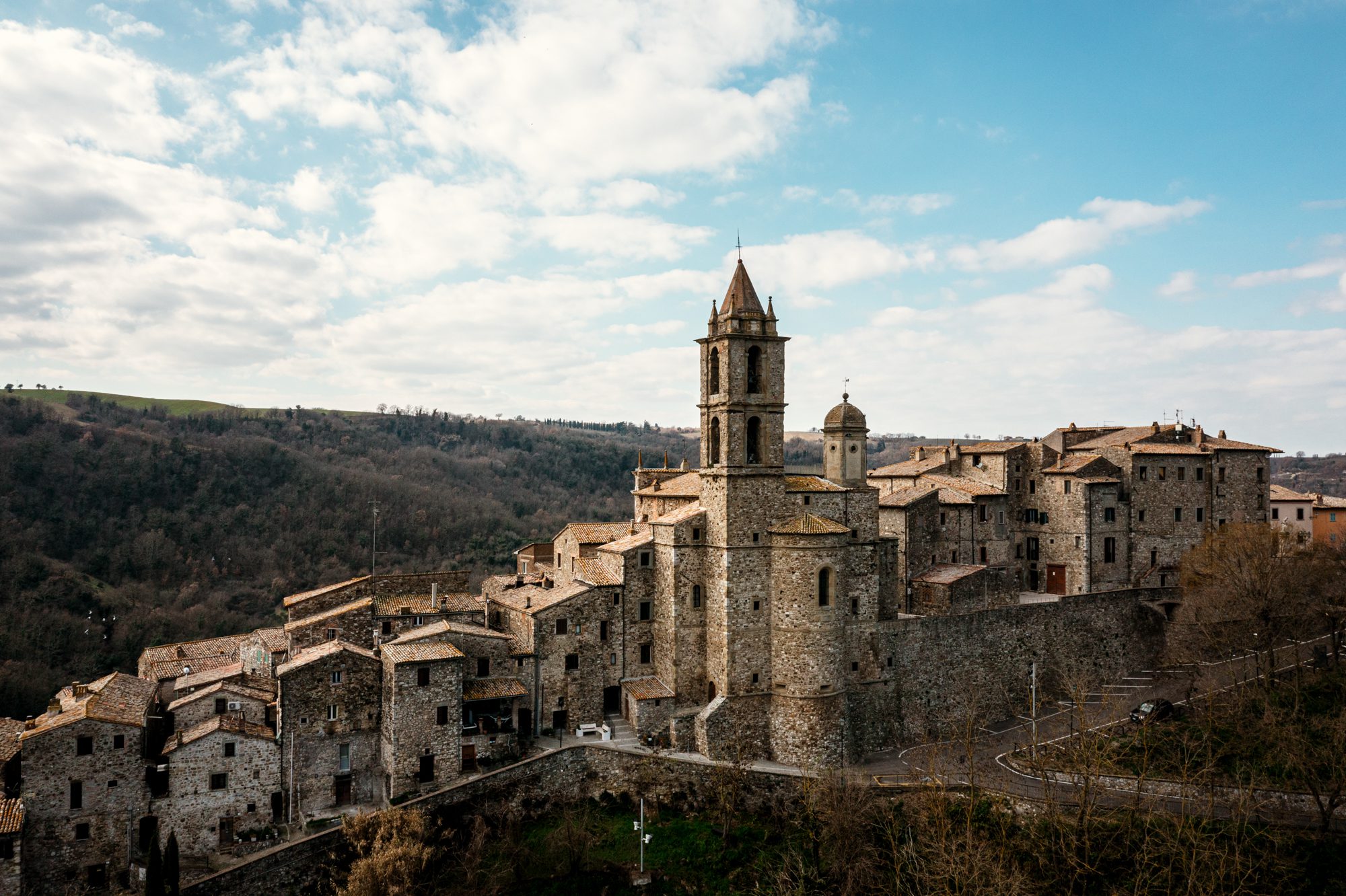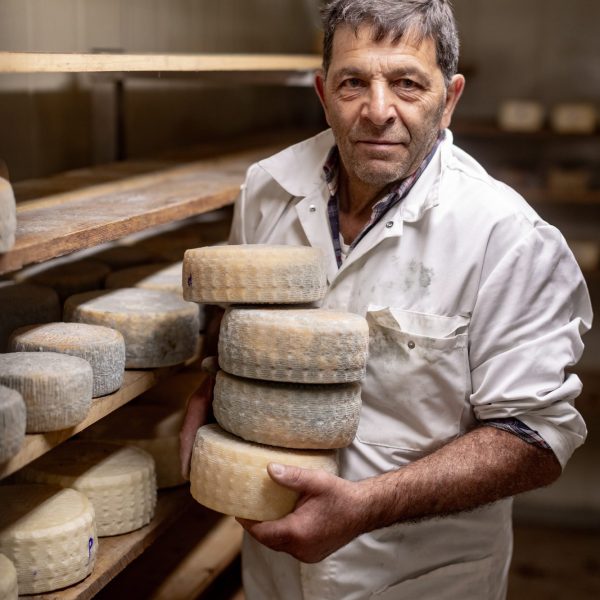Baschi (Tr)
History
Like the entire Amerino area, Baschi was also a territory of interest since antiquity. Little is known about its pre-Roman history, while important evidence such as the bronze fragment “Fragmentum Tudertinum” with the engraved lex tudertina and the Latin origin of its name (from the Latin “vas / vasca”) affirm its connection with the Roman Empire.
In the Middle Ages, with the construction of the castle, the dominance of the Baschi family over neighboring territories began. The Baschi dynasty, probably of Lombard origin, was one of the longest in Italy and became extinct around the mid-1700s.
The current territory of the municipality of Baschi is quite extensive, including the hamlets of Acqualoreto, Baschi Scalo, Cerreto, Civitella del Lago, Collelungo, Morre, Morruzze, Scoppieto, and Vagli.
Address: Baschi, 05023 Baschi TR
Phone: 0744 957225

Culture
Baschi is a true “small ancient world”, perfectly preserved.
The village, called “I buchi” because of the small size of the houses, alleys, doors, and windows, has an intact medieval structure.
Very beautiful is the Church of San Nicolò, declared a national monument and designed in the 16th century, which preserves important paintings and a beautiful organ from the 1700s with 500 pipes. Also within the walls is the Church of San Rocco, already existing at the time of the apostolic visit of Monsignor Pietro Camaiani, carried out in 1574, the acts of which define the building as a small oratory.
The vast territory that extends across the various hamlets of Baschi is scattered with important works:
The Sanctuary of Pasquarella, also known as Santa Maria dello Scoglio, was founded in the early Middle Ages by the Camaldolese friars. It was chosen by Jacopone da Todi for his initial spiritual retreat.
The mystical Convent of Pantanelli, also known for the rock on the Tiber River where St. Francis spoke to the fish, stands in its wonderful and humble structure.
The Church of Santa Maria Assunta and San Valentino (now a private residence)
The Church of Acqualoreto, a millennial castle, perfectly preserved,
Morre with its ancient castle and the Church of Sant’Andrea.
Morruzze, contemporaneous with Morre, with its pleasant hamlet, the Church of San Giovanni, and the “Paparini” palace.
Collelungo, with the ancient watchtower of Capecchio and the beautiful tower in the center of the village
The small village of Vagli (once the Castle of San Pietro in Valle), which preserves at its gates the ancient Abbey of San Pietro located in a valley where a copious spring gushes forth, feeding an imposing basin used as ancient washhouses.
Descending from the mountains towards the hill, you encounter Civitella with its Palazzo degli Atti, a 14th-century castle still inhabited, and the Arch of Diomede Atti. In Civitella, since 1982, thanks to Anacleto Bernardini’s initiative, there exists a unique museum in the world that collects thousands of painted and sculpted eggs by artists or amateurs, works resulting from the National Competition Exhibition “OVO PINTO”.
Nearby is Salviano, an ancient and evocative village subject to various dominations and, finally, passed into the ownership of the Corsini Princes of Florence, to whom it still belongs.
Scoppieto boasts one of the most important archaeological sites in Italy, where excavations have unearthed an entire village of ceramic artisans.
Nature
Looking out from the ancient walls of the castle, one can gaze upon a marvelous panorama stretching from Mount Amiata to the Argentario, from the city of Orvieto to Civita di Bagnoregio and Montefiscone, all the way to the Alviano Oasis and the Cimini Mountains.
Cerreto
In the locality of Cerreto, a hamlet of Baschi, although it has been mentioned since antiquity, there are no monuments of interest or frescoed churches, but its gentle hills host excellent vineyards and olive groves. It is an ideal place for those seeking relaxation, fresh air, silence, and good food. In the first week of August, the now traditional “Sagra della Focaccia” takes place.
Wind Holes
Located along a footpath in the woods overlooking Lake Corbara and connecting Civitella del Lago to Morruzze, the karstic cavities produce fascinating natural phenomena related to the passage of air from high to low pressure.
The Forello Gorge
The Forello gorge is an Umbrian valley formed by the Tiber River, which crosses the Monte Peglia – Monti Amerini ridge.
This place, rugged and sparsely populated, constitutes the heart of the Tiber River Park, and due to its karstic indentations and numerous cave complexes carved by the river, it is beloved by speleology enthusiasts.
Among these is the Piana cave, accessible once arrived at Titignano, extending for 2500 m in a travertine bench and yielding artifacts dating back to the Neolithic and Bronze Age. There’s also the Vorgozzino cave, located in the red shale formation, which reaches a depth of 123 m: splendid caves where spelunking visits are possible.
Furthermore, this area offers climbing enthusiasts a small but very suggestive cliff for its pristine and wild environment.
The splendid valley that opens up from the gorges is occupied by Lake Corbara, an artificial basin created by damming the Tiber River near the village of Corbara (a hamlet of Orvieto).
Baschi is one of the stops on the Cammino dei borghi silenti, a circular route that, passing through village after village on the northern slopes of the Monti Amerini, aims to introduce this territory “in silence” away from traditional destinations.




